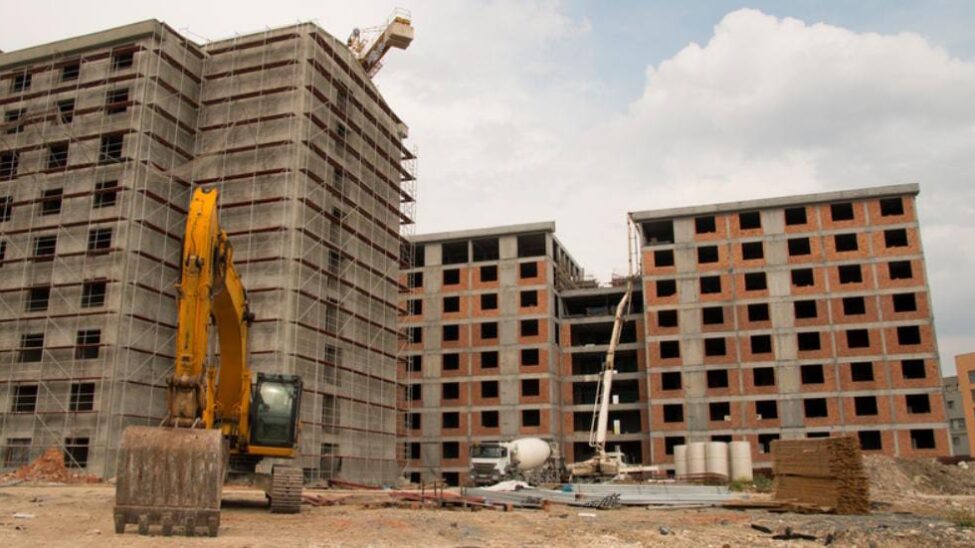
Building Construction: A Comprehensive Guide
Building construction is a complex process that involves numerous stages, from planning to completion. Understanding the basic steps involved can help you navigate the process more effectively, whether you’re a homeowner, contractor, or investor.
Planning and Preparation
The first step in building construction is planning and preparation. This involves:
- Site Selection: Choosing a suitable location based on factors like zoning regulations, accessibility, and proximity to amenities.
- Architectural Design: Creating detailed blueprints and specifications for the structure, layout, and appearance.
- Permit Acquisition: Obtaining necessary permits from local authorities for construction, zoning, and building codes.
Foundation Construction
The foundation is the base of the building. It provides stability and support for the structure. The process of foundation construction typically involves:
- Excavation: Preparing the site by digging trenches or holes for the foundation.
- Footings: Installing footings to provide a stable base for the foundation walls.
- Foundation Walls: Constructing the foundation walls using materials like concrete, masonry, or wood.
Framing
Framing involves assembling the structural framework of the building. This includes:
- Structural Framing: Constructing the framework for the building using wood, steel, or concrete.
- Roof Framing: Building the roof frame to support roofing materials.
- Floor Framing: Installing floor joists to support the flooring.
Plumbing and Electrical
Plumbing and electrical systems are essential for the functionality of a building. The installation of these systems involves:
- Plumbing Installation: Installing pipes and fixtures for water supply, drainage, and sanitation.
Electrical Wiring: Electrical wiring and outlets throughout the building are installed.
Roofing
The roof protects the building from the elements. Roofing involves:
- Roofing Materials: Choosing roofing materials like shingles, metal, tiles, or slate.
- Roof Installation: Installing the roofing materials according to the manufacturer’s instructions.
Insulation and Drywall
Insulation and drywall are essential for creating a comfortable and energy-efficient interior. The process involves:
- Insulation: Installing insulation to improve energy efficiency and reduce noise.
- Drywall Installation: Apply drywall sheets to interior walls and ceilings.
Interior Finishing
Interior finishing involves adding the finishing touches to the interior of the building. This includes:
- Painting: Painting interior walls, ceilings, and trim.
- Flooring: Installing flooring materials like hardwood, tile, carpet, or laminate.
- Cabinets and Countertops: Installing kitchen and bathroom cabinets and countertops.
Exterior Finishing
Exterior finishing involves completing the exterior of the building. This includes:
- Exterior Trim: Installing exterior trim, such as moldings and fascia.
- Siding: Applying siding materials like vinyl, wood, or brick.
- Windows and Doors: Installing windows and doors.
Landscaping
Landscaping enhances the appearance and functionality of the property. It involves:
- Site Grading: Grading the surrounding land to create a desirable landscape.
- Planting: Planting trees, shrubs, and flowers to enhance the property’s appearance.
- Hardscape: Installing hardscape elements like patios, walkways, and driveways.
Final Inspections
Before a building can be occupied, it must undergo final inspections to ensure compliance with building codes and regulations. This involves:
- Building Inspections: Conducting final inspections to ensure building codes and regulations compliance.
- Certificate of Occupancy: Obtaining a certificate of occupancy from local authorities, allows you to move into the building.
Conclusion
Building construction is a complex process that requires careful planning, coordination, and attention to detail. By understanding the various stages involved, you can better manage the process and ensure a successful outcome.



